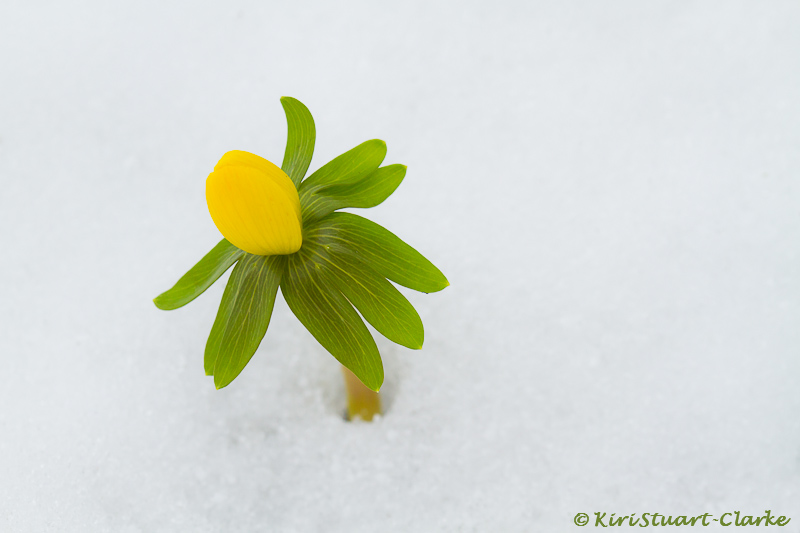One of my biggest concerns last summer was the reduced diversity in the dragonflies visiting our pond, due I suspected to “ecological succession”. Over time ponds naturally fill in and the water becomes more acidic from leaves and organic material. This changes the nature of the habitat and correspondingly, of its inhabitants.
After eight years of benign neglect, our pond plants and marginals had established and flourished so well that there wasn’t a drop of open water left on the surface of our pond. I’d read that certain dragonfly species, particularly larger species like Hawkers require this in order to breed.
True enough, last year we didnt see a single Hawker dragonfly, nor did we see Ruddy Darters and even our usually reliable Broad-bodied Chasers and Four-spotted Chasers didn’t linger. So over winter we prioritised a big clear out in order to create an area of clear water again, although we couldn’t quite bring ourselves to remove our Water-lily root Island.
The long cold spring seemed to delay dragonfly emergences so I was on tenterhooks and initially very uncertain whether our intervention was having a positive or negative effect in drawing in dragonflies. Thankfully the pond seemed to burst into life in our sunny mid June spell. Both Broad-bodied Chasers and numerous Four-spotted Chasers arrived in style, displaying their usual spectacular aeriel battle for territorial hegemony.
To top it off, just a few days ago I was delighted when I saw both Large-Red damselflies mating again and then this Emperor dragonfly ovipositing. This latter species in particular, not seen since our very first season and known for its preference for young very open ponds, seemed a promising sign. Sadly there are still no Hawkers about, but overall, it seems our local Odonata have given our major spring clean a seal of approval, which will hopefully bear more fruit in two year’s time with further new emergences.
You can read a short history of the dragonfly and damselfly colonisation of our new wildlife pond in this blog post . My last new species, a damselfly, arrived the following summer (July 2019) to make ten Odonata species in total. Not bad going for a garden pond!
An Emperor dragonfly (blue form) ovipositing next to the recreated open water in our rejuvenated pond.
The Large Red damselfly, an early species, paired wtih an ovipositing female in our mature wildlife pond.
Four-spotted Chaser dragonfly perched on an old Reedmace stem, they seem to have colonised well.
Azure Blue damselfly, perched on Lesser Bird’s Foot Trefoil. They are our most numerous damselfly.




